BGS releases 10K maps through updated maps portal
BGS releases an updated maps portal, which allows users to view all publicly available maps, and includes 10 000 and 1:10 560 scale maps for the first time.
16/05/2023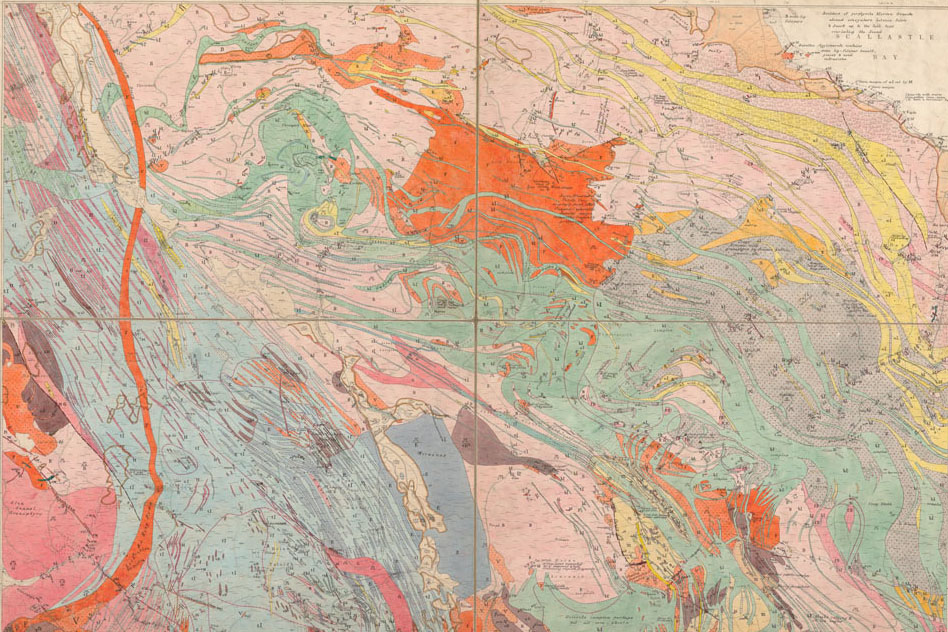
As part of our continuous effort to provide more open access to our data, BGS has launched the updated BGS Maps Portal. The renewed portal provides access to over 45 000 BGS maps and sections with the following themes:
- geological
- geophysical
- geochemical
- hydrogeological
The large-scale 10 000 and 1:10 560 BGS onshore geological maps collection is included in this portal for public viewing for the first time, along with the key 1:50 000 and 1:63 360 maps of England, Wales and Scotland.
Map portal features
The new portal will allow users to view all publicly available, maps held by BGS, with quick-view thumbnail browsing and an increased number of scanned images. Users can view the collections for free; those wishing to purchase their own copy of a map can buy high-resolution PDFs through the BGS shop.
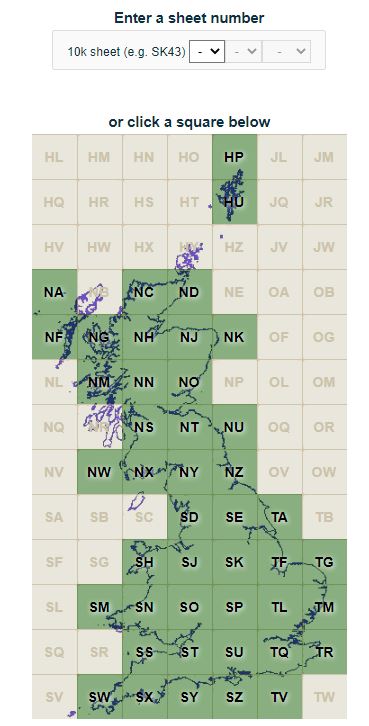
Image of National grid graphical interface on portal BGS © UKRI
A small number of maps do not have scans; for completeness, we have provided the full catalogue with all the maps’ details, omitting image links where scans do not exist.
We hope that, by providing this enhanced service, the maps portal will better meet our users’ diverse needs. However, it is important to note that users should visit BGS’s digital dataset BGS Geology, the GeoReports service or the onshore GeoIndex to access the latest digital vector mapping. The digital vector data in these services can differ significantly from the mostly historical maps presented in the maps portal so the most up-to-date vector data should be consulted for more professional user needs.
History of geological mapping at BGS
Since BGS’s inception in 1835, our maps have evolved in differing iterations of scale. Initially surveyed and produced at the 1:63 360 (one inch to one mile) scale, the decision was made in the 1850s to carry out geological surveys at the 1:10 560 scale (six inches to one mile). This standard large-scale map scale for recording field-survey information and producing maps continued for much of BGS’s existence and was based primarily on the Ordnance Survey County Sheet lines.
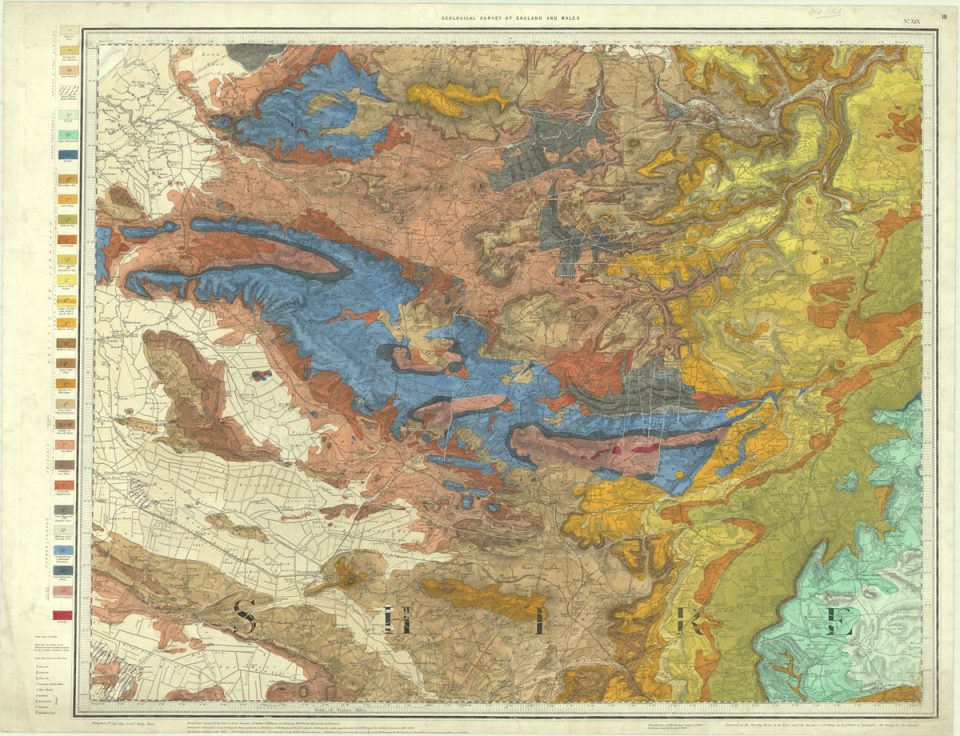
County series sheet 19, solid, 1:63 360, 1873. BGS © UKRI
The next major change came in the 1940s, when these ‘County Series’ maps began to be replaced by National Grid sheet line maps. Finally, in the late 1970s, the metric 1:10 000 scale was introduced and became the standard large-scale format for field mapping. A small number of remote areas were mapped and provided at the 1:25 000 scale.
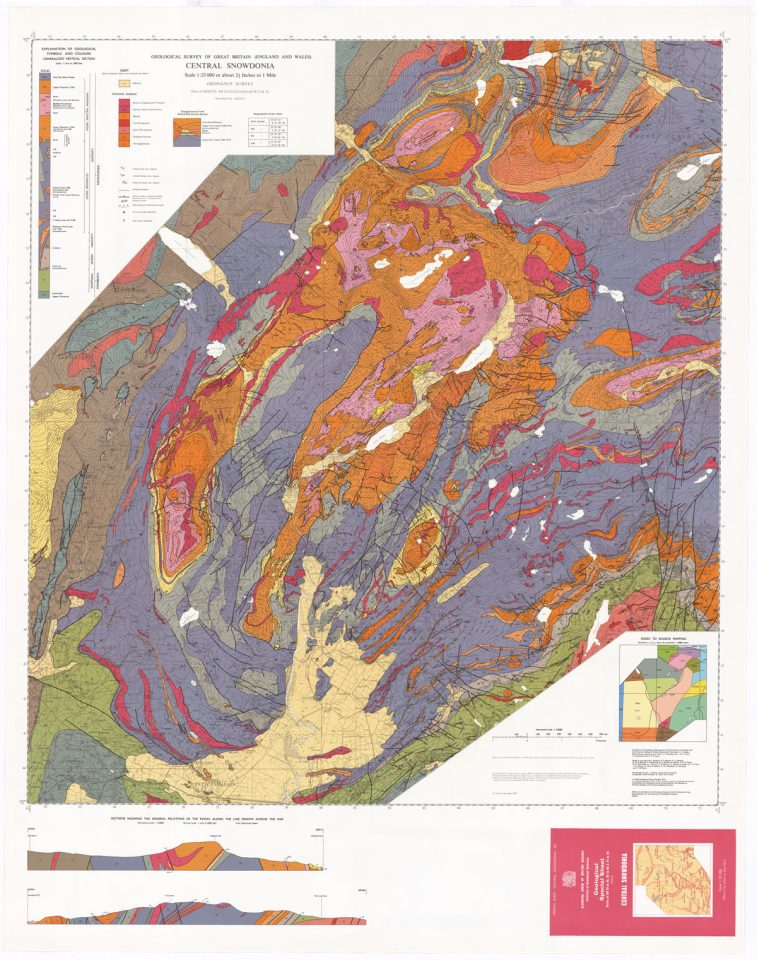
Central Snowdonia sheet 11, solid, 1:25 000, 1972. BGS © UKRI
The new 2023 to 2028 BGS Strategy ‘Understanding our Earth’ includes a renewed focus on national mapping, an aim which is supported by the renewal of the BGS Maps Portal.
One of the key science priorities identified in the new BGS Strategy focuses on the provision of geological maps and models and, in particular, ensuring that information about the underlying geology of our country is accessible. The new enhancements to the BGS Maps Portal, particularly the addition of the large-scale 1:10 000 maps and improved search features, very much align with this aim and are a significant step forward in maximising the value of our spatial data.
Dr David Schofield, BGS Director of National and International Geoscience.
Relative topics
Latest news
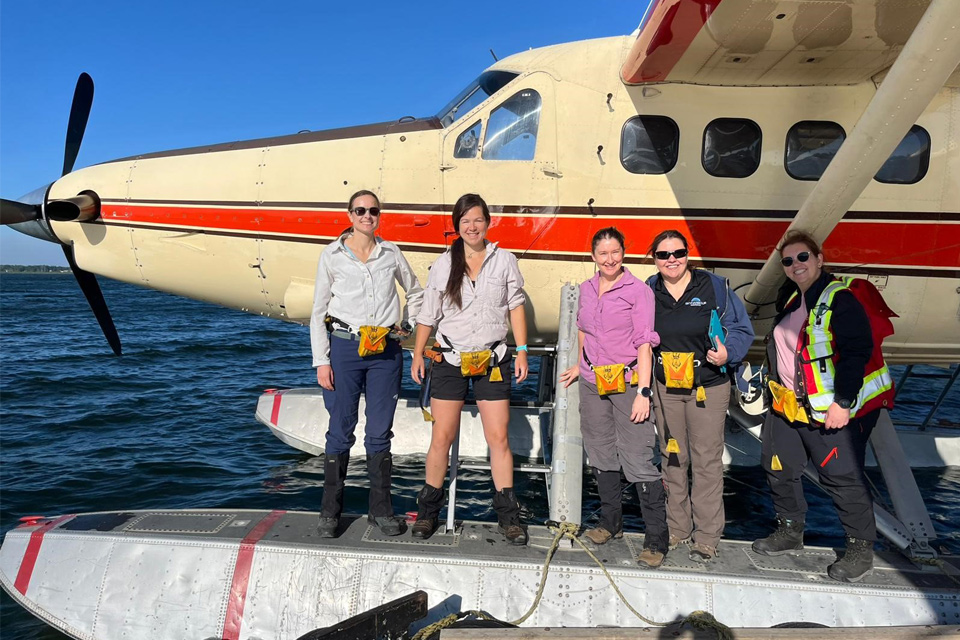
Funding awarded to UK/Canadian critical mineral research projects
08/07/2025
BGS is part of a groundbreaking science partnership aiming to improve critical minerals mining and supply chains.
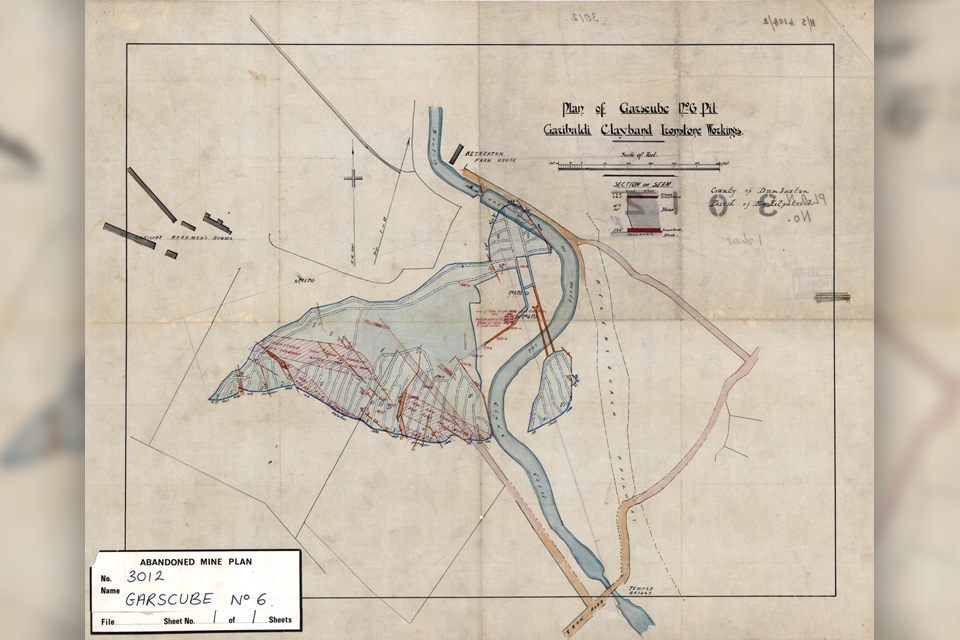
Release of over 500 Scottish abandoned-mine plans
24/06/2025
The historical plans cover non-coal mines that were abandoned pre-1980 and are available through BGS’s plans viewer.
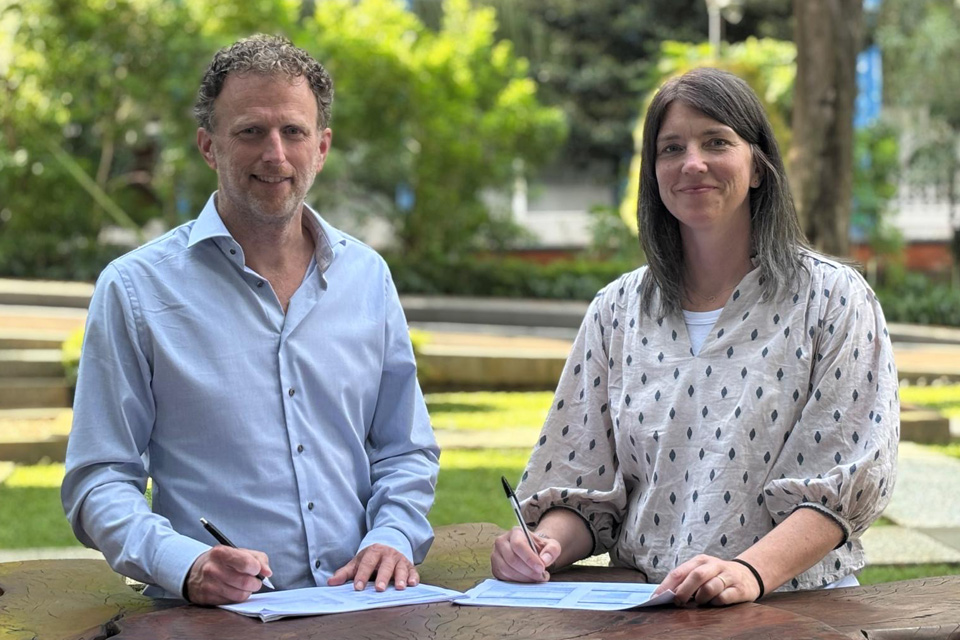
New collaboration aims to improve availability of real-time hazard impact data
19/06/2025
BGS has signed a memorandum of understanding with FloodTags to collaborate on the use of large language models to improve real-time monitoring of geological hazards and their impacts.

Modern pesticides found in UK rivers could pose risk to aquatic life
17/06/2025
New research shows that modern pesticides used in agriculture and veterinary medicines have been found for the first time in English rivers.
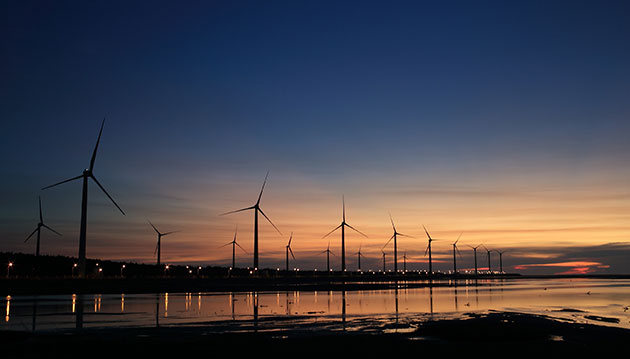
Goldilocks zones: ‘geological super regions’ set to drive annual £40 billion investment in jobs and economic growth
10/06/2025
Eight UK regions identified as ‘just right’ in terms of geological conditions to drive the country’s net zero energy ambitions.
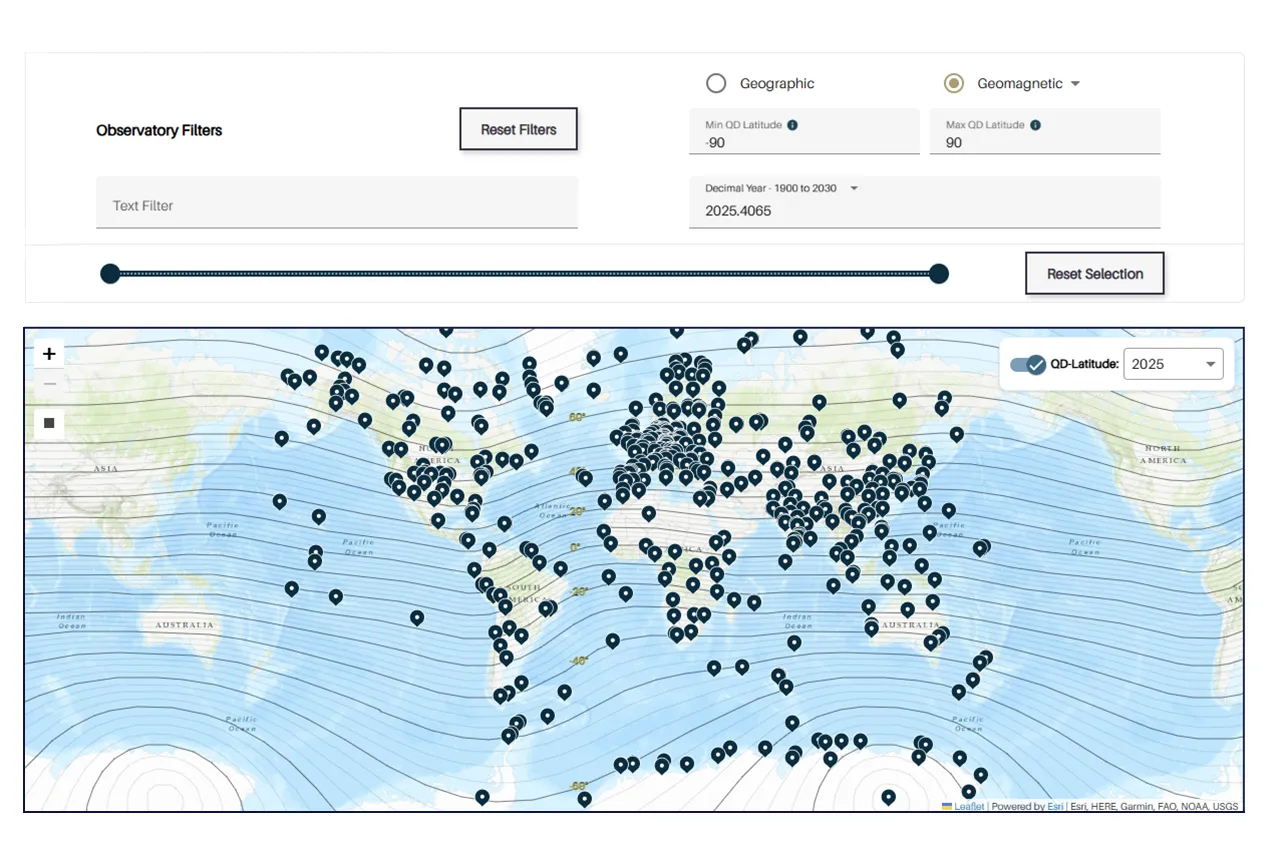
Upgraded web portal improves access to geomagnetism data
02/06/2025
BGS’s geomagnetism portal, which holds data for over 570 observatories across the world, has received a significant update.
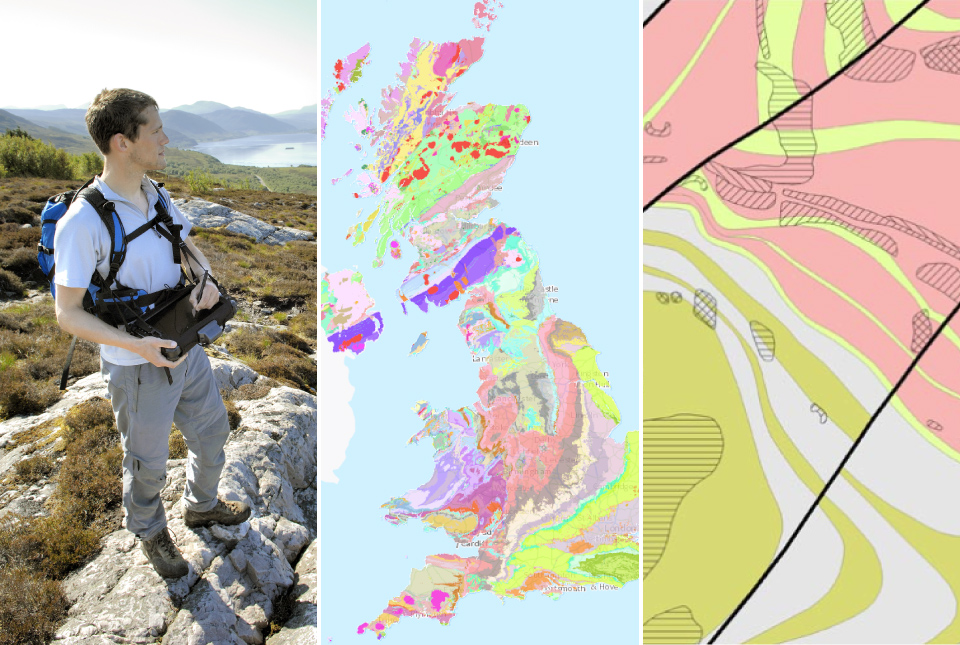
BGS digital geology maps: we want your feedback
29/05/2025
BGS is asking for user feedback on its digital geological map datasets to improve data content and delivery.

What is the impact of drought on temperate soils?
22/05/2025
A new BGS review pulls together key information on the impact of drought on temperate soils and the further research needed to fully understand it.

UK Minerals Yearbook 2024 released
21/05/2025
The annual publication provides essential information about the production, consumption and trade of UK minerals up to 2024.

BGS scientists join international expedition off the coast of New England
20/05/2025
Latest IODP research project investigates freshened water under the ocean floor.

New interactive map viewer reveals growing capacity and rare earth element content of UK wind farms
16/05/2025
BGS’s new tool highlights the development of wind energy installations over time, along with their magnet and rare earth content.

UKRI announce new Chair of the BGS Board
01/05/2025
Prof Paul Monks CB will step into the role later this year.




